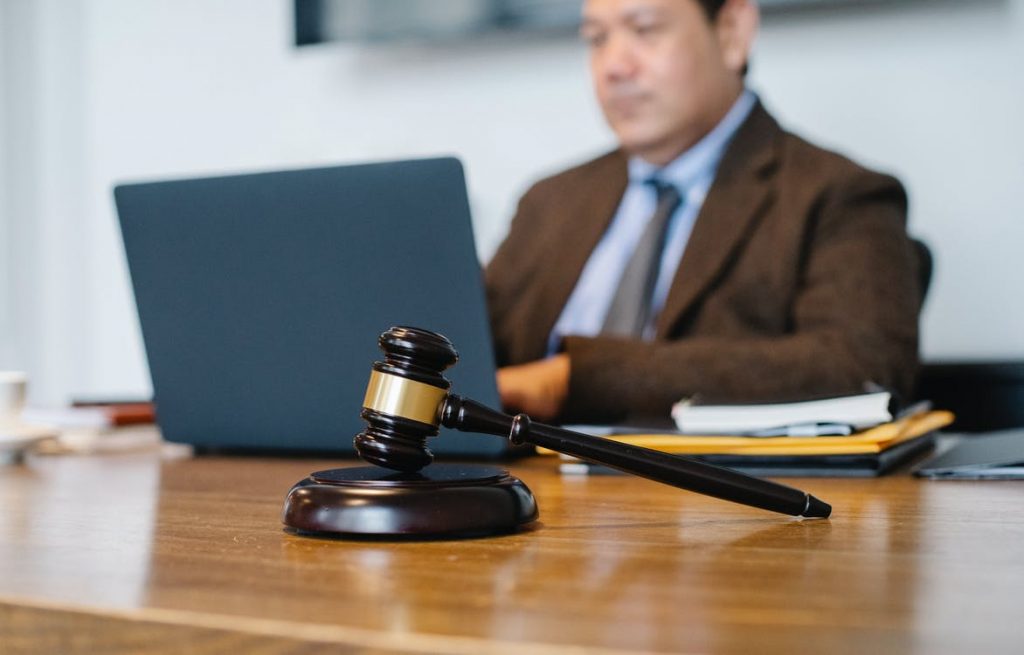Gathering Evidence for Your Personal Injury Claim
Initiating a personal injury claim can be a daunting task, especially if one is unsure about the steps involved. One of the most crucial aspects of building a strong claim is gathering evidence. If you’re on the brink of this journey and seeking injury case legal advice, understanding the importance of evidence and how to collect it can significantly strengthen your position.
- Immediate Documentation: The Golden Hour
Right after an incident, emotions can run high, making it easy to overlook the importance of documenting everything. Yet, this is the golden hour for gathering evidence. Just like photographers talk about the golden hour for capturing the perfect light, this moment is crucial for capturing the incident’s details. Taking clear photos of the scene, injuries, and any property damage can be invaluable. Why, you ask? Because memories fade, but photographs remain sharp. These initial images provide an unaltered look at the incident scene, which can prove pivotal when recounting events later.
- Witnesses: The Eyes and Ears of the Scene
Remember that old saying, “The more the merrier?” When it comes to witnesses, it holds. Witnesses can provide an unbiased account of what transpired. They’re the equivalent of having neutral referees during a game; they’re not playing for either side but can provide a clear account of the game’s events. Immediately after the incident, try to gather names, contact details, and even brief statements from any willing witnesses. Over time, details can get hazy, so the sooner you get their accounts, the fresher and more accurate they’ll be. Furthermore, it’s essential to maintain open lines of communication with witnesses throughout the legal process. Keep them informed about the progress of your case and let them know if they might be called upon to provide statements or testify. Their willingness to cooperate can significantly impact the strength of your evidence.
- Medical Records: The Testament of Your Injuries
Imagine trying to convince someone you baked a delicious cake without showing it. Tough, right? Similarly, claiming injuries without medical records is challenging. These records act as undeniable proof that you suffered harm due to the incident. Promptly seek medical attention after an injury, not just for health reasons, but also to establish an official record. The detailed reports from doctors, X-rays, MRIs, and other medical documents will paint a clear picture of the severity and implications of your injuries. To further bolster your claim, consider keeping a personal injury journal. This journal can document your daily experiences, pain levels, and any challenges you face as a result of your injuries. It provides a comprehensive overview of how the incident has affected your life beyond the medical records. This personal account can be a powerful addition to your evidence arsenal, showcasing the emotional and physical toll of the incident.
- Incident or Police Reports: The Official Narrative
For many personal injury cases, especially those involving motor accidents or public places, an official report is generated. It’s like having a librarian catalog an event; the report provides a structured, unbiased narrative of what occurred. Acquiring a copy of this report can greatly reinforce your claim. It serves as an official record, and often, any discrepancies or arguments can be settled by referring back to it. Moreover, don’t limit yourself to just one copy of the report. Secure multiple copies, both in physical and digital formats, and provide them to your attorney for safekeeping. This redundancy ensures that you have access to this critical piece of evidence throughout the legal process. Additionally, if there are any statements made by the other parties involved in the incident, ensure that they are accurately documented in the report. These statements can be used to corroborate your version of events.
- Preservation Letters: Safeguarding the Evidence
Did you know that businesses and entities might only retain surveillance footage or records for a short period? Enter preservation letters. Think of them as a protective shield. They’re formal requests for parties to preserve specific evidence relevant to your claim. For instance, if you were injured at a store, a preservation letter could request them to retain the surveillance footage of that day. This footage can be pivotal, showcasing the incident in real time.
Gathering evidence for a personal injury claim isn’t just about collecting data; it’s about weaving a narrative that unequivocally establishes fault and showcases the extent of the harm suffered. Like a jigsaw puzzle, every piece of evidence plays a role, and when put together, they provide a comprehensive picture of the incident. So, if you’re venturing into the realm of personal injury claims, equip yourself with a robust evidence arsenal and navigate the path with confidence. After all, in the world of claims, evidence is king.



